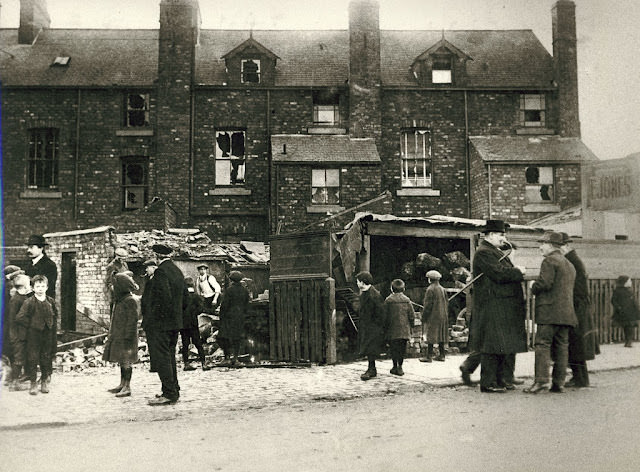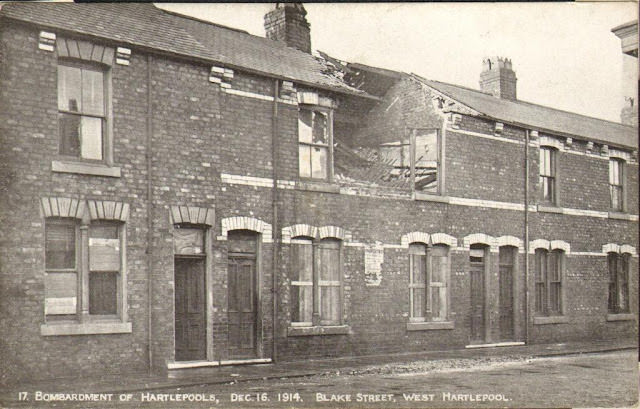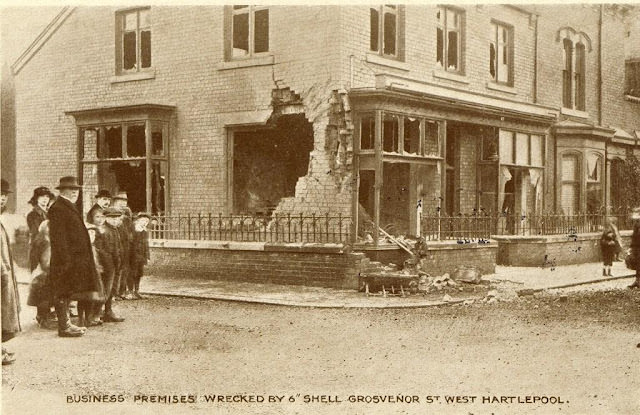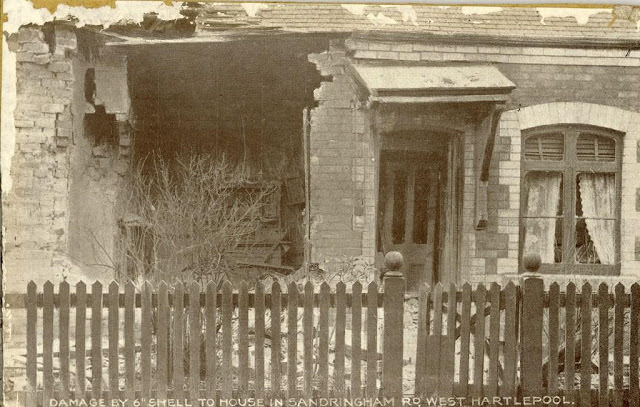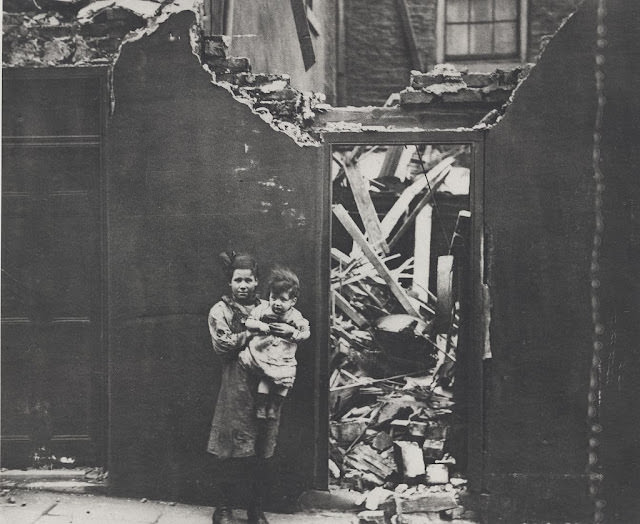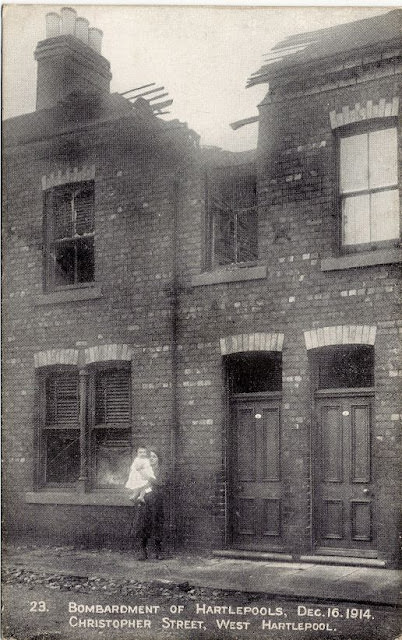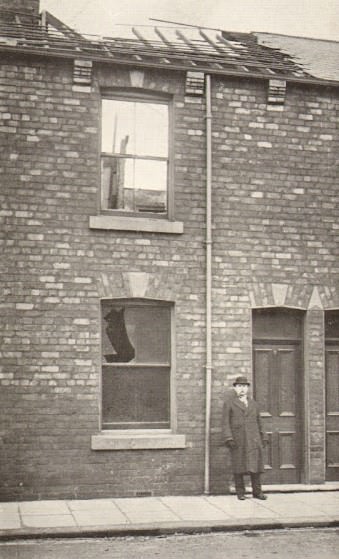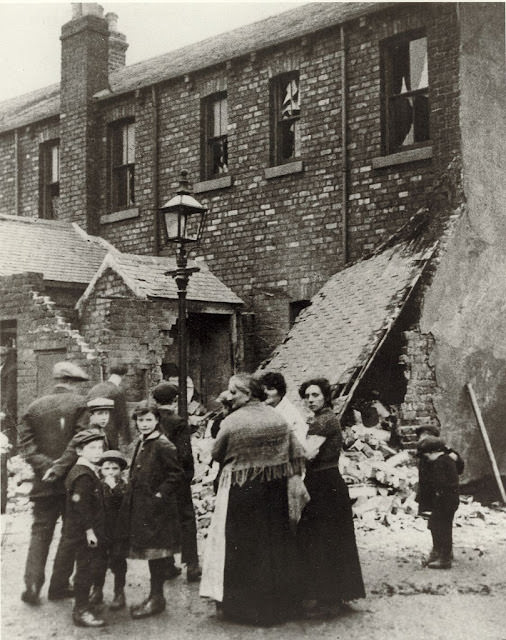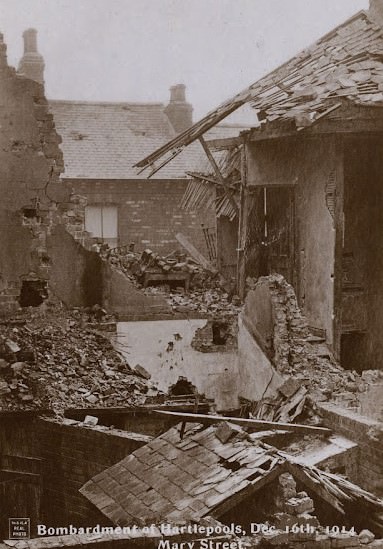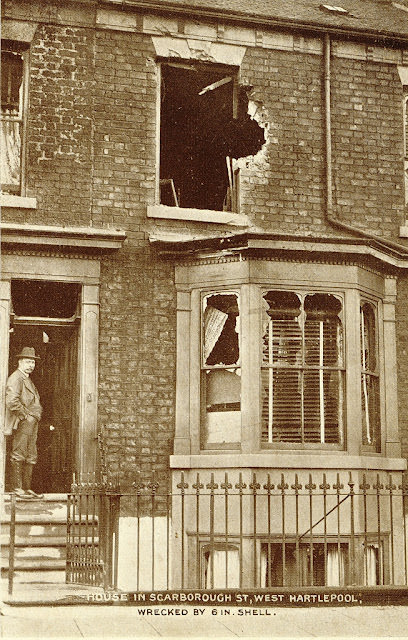Step back in time to West Hartlepool during the 1910s, a bustling port town in northeastern England. This was a time of industry, innovation, and the looming shadow of a world war. Let’s explore what life was like in this vibrant community.
West Hartlepool was a town fueled by industry. The docks were a hive of activity, with ships arriving and departing carrying coal, timber, and other goods. Shipyards buzzed with the sounds of construction, as skilled workers crafted vessels that would sail the seas. The railway connected West Hartlepool to the rest of the country, further boosting trade and transportation.
Everyday Life
Life in West Hartlepool wasn’t always easy. Many people worked long hours in harsh conditions, facing poverty and limited opportunities. But there was also a sense of community and hope. Families lived close together, supporting each other through thick and thin. The town boasted a variety of shops, pubs, and entertainment venues, offering moments of respite from the daily grind.
The Shadows of War
As the 1910s progressed, the specter of war loomed large. The outbreak of World War I in 1914 cast a long shadow over West Hartlepool. Many young men left to fight, leaving behind families, and loved ones. The town rallied together, supporting the war effort, and hoping for a swift end to the conflict.
With so many men away at war, women took on new roles in West Hartlepool. They filled jobs traditionally held by men, working in factories and shipyards. They volunteered their time to support the war effort, knitting socks, raising funds, and caring for the wounded. The war brought challenges and hardships, but it also opened up new opportunities for women in the workforce.
Schools provided opportunities for children to learn and grow, while libraries and museums offered a glimpse into the wider world. The town boasted a variety of cultural institutions, including theaters, music halls, and art galleries, providing entertainment and enriching the lives of its residents.


